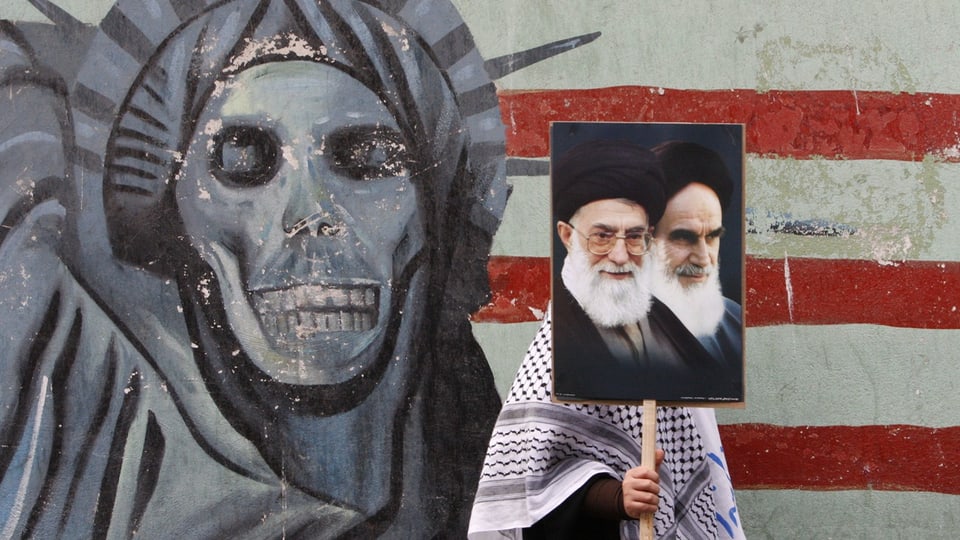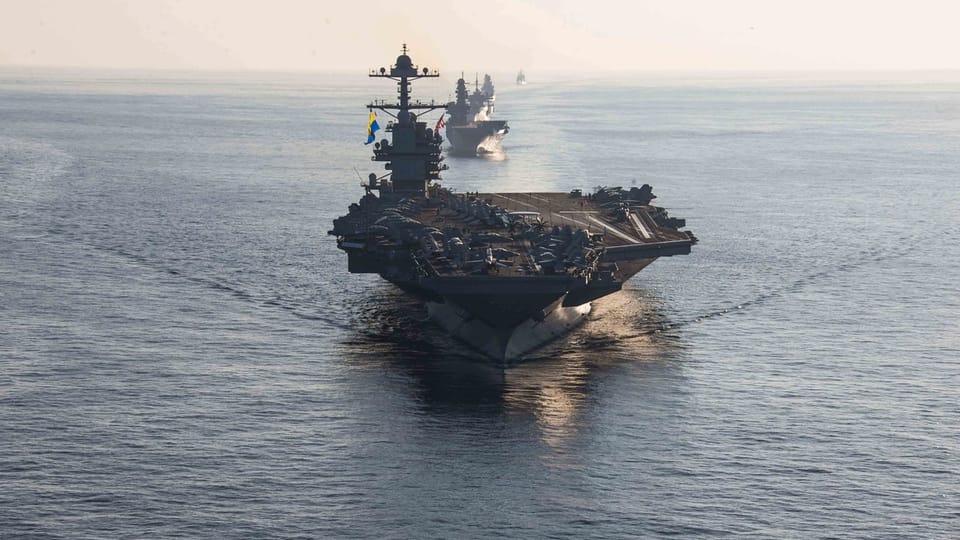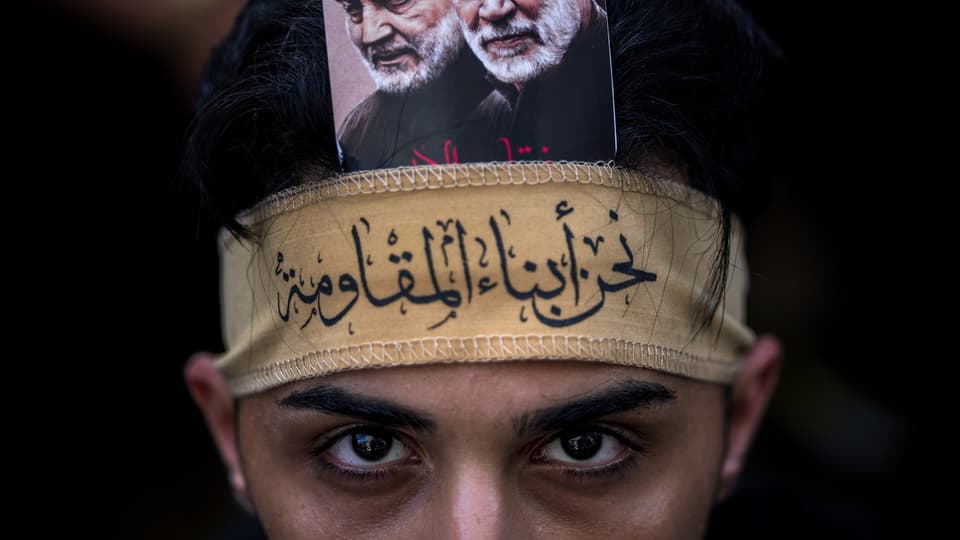Contents
Israel’s declared enemy maintains various militias across the Arab world. Another danger in the Middle East powder keg.
“Axis of Resistance”: This is what the Iranian regime calls the universe of militias it maintains in various Arab countries. This axis now extends from Shiite militias in Iraq and Syria to the Houthi rebels in Yemen and Hezbollah in Lebanon.
“Tehran is talking about strategic forward defense,” says Middle East expert Joost Hiltermann. The argument is that forces allied with this ring of militias already exist far outside of their own borders. For example, in the event of an Israeli attack.
Legend:
Israel is focused on the bloody fight against Hamas in Gaza. But there are secondary fronts. Houthi rebel drone attacks on the Israeli city of Eilat were reported on Wednesday. Hezbollah from Lebanon regularly shells border areas in northern Israel. Image: Hezbollah supporters in Beirut.
Keystone/AP/HASSAN AMMAR
Iran does not have American fighters like its rivals in the region. Tehran relies on the deterrent power of these militias, especially the war-hardened Hezbollah in Lebanon with its powerful Iranian missiles, which can now reach almost any point in Israel. Hamas in Gaza occupies a special position among Iran’s allied militias. This as a Sunni force in a universe of Shia Islamists.
One thing is certain: the escalation of violence and the terrible images from Gaza are putting the anti-Israel regional power and its allies in a difficult position to argue. A central part of the propaganda of this axis of resistance is that it stands up for the disenfranchised in the region – especially in Palestine.

Legend:
While the Sunni rulers in the region made pacts with Israel and the West. Iran and its allies fought for the liberation of Arabian soil. This is the core argument on the propaganda channels of this axis loyal to Iran. Image: Anti-American propaganda in Tehran.
Keystone/AP/Vahid Salemi
The Shiite regime in Iran is trying to gain additional legitimacy in the Arab world. The Shiite militias are by no means undisputed in their respective countries, but are deeply entangled in internal wars and conflicts. And they are exposed to the accusation that they are part of Iran’s ambition to become a superpower. The alleged commitment to the cause of Palestine is a good thing.
Militias loyal to Iran are (still) holding back
And now that Hamas has actually started war with the Zionist enemy, some supporters of this Iran-loyal axis are wondering what happened to the promise. The Houthis sent a few drones. Hezbollah opened a second front in northern Israel. But so far it remains just skirmishes.

Legend:
Hiltermann says that the fact that support for Hamas has remained rather symbolic for more than three weeks is a sign to him that Hezbollah does not want an open war. The fact that the USA has sent two aircraft carrier groups to the eastern Mediterranean as a deterrent may play a role.
Keystone/EPA/US Navy
Israel is also holding back so far and is not looking for further fronts with Iran and its allies. “If you look at the intentions of both sides, the risk of escalation seems to be under control so far,” says Hiltermann.
Tehran is also trying to profit maximally from the anti-Israel sentiment in terms of propaganda, but without being drawn into an open war. That’s the common analysis. Hiltermann shares them. Iran has functioning relations with the Arab Gulf states. She doesn’t want to put it at risk.
Extremely heated situation
But what if Hezbollah, as its most important ally, is seriously threatened – and the axis of resistance threatens to break apart? Then Iran’s calculations could change. With the destruction of Hamas, Iran is already in danger of losing an ally in the anti-Israel ring. And there is always the risk of miscalculations.
What if a missile hits a densely populated area and kills a lot of people – and the other side feels compelled to retaliate massively? “The situation in the region is so heated that even a misdirected bullet can lead to escalation,” warns Hiltermann.
